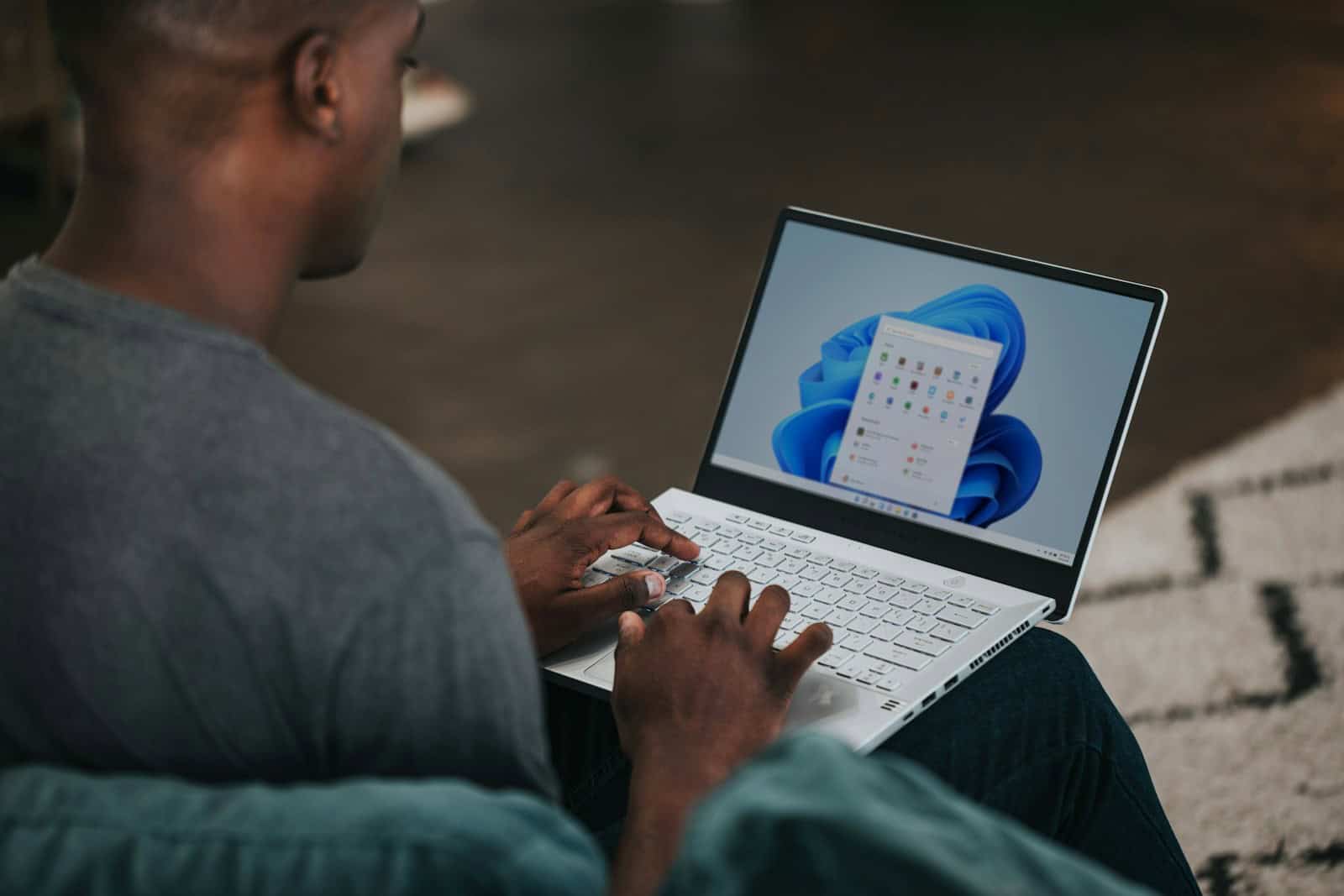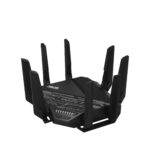Now that more and more Windows 10 users are being forced to upgrade to Windows 11, a lot of interest has been created to change Windows 11 to the older (more familiar) Windows 10 interface. That is because some users still prefer the look and feel of Windows 10. While there’s no skin or theme that gets all the way there, the good news is that you can make Windows 11 resemble Windows 10 by adjusting several settings and using third-party tools.
The process involves customizing the taskbar, Start menu, and other visual elements. Changing the taskbar alignment to the left and modifying the Start menu are key steps. You can also adjust icons, wallpapers, and context menus to mimic the Windows 10 experience.
Third-party applications offer additional options for a more complete transformation. These tools can replace the Windows 11 Start menu with one that closely resembles Windows 10. Some apps even allow for more extensive customization of the Windows 11 interface.
Windows 11 Changes To Look More Like Windows 10
It’s understandable to miss the familiar look of Windows 10! While Windows 11 has introduced a new design language, you can definitely bring back some of those classic Windows 10 elements. Here’s a breakdown of how to make Windows 11 look more like Windows 10:
1. Revert to the Left-Aligned Taskbar:
- Right-click on the taskbar and select “Taskbar settings.”
- Go to “Taskbar behaviors” and change “Taskbar alignment” to “Left.”
2. Bring Back the Windows 10 Start Menu:
- This is where third-party tools come in handy. Start11 is a popular app that allows you to customize the Start menu and bring back the Windows 10 style.
3. Restore the Classic Context Menu:
- Windows 11 has a simplified context menu. To get the full Windows 10 context menu back, you can use a registry tweak or a tool like ExplorerPatcher.
4. Customize the Appearance:
- Wallpaper: Download the classic Windows 10 wallpaper and set it as your background.
- Icons: You can find Windows 10 icon packs online and replace the Windows 11 icons.
- Colors: Adjust the color scheme to match Windows 10’s look, including the taskbar and Start menu colors.
5. Fonts:
- Windows 10 primarily used the Segoe UI font. While Windows 11 uses Segoe UI Variable, you can adjust font settings to resemble the Windows 10 font.
6. Explore Third-Party Tools:
- Besides Start11 and ExplorerPatcher, there are other tools like WinAero Tweaker that offer a wide range of customization options to fine-tune the look and feel of Windows 11.
Important Notes:
- Registry Edits: Be cautious when making changes to the registry. Incorrect edits can cause system instability. It’s always recommended to back up your registry before making any changes.
- Third-Party Tools: Use reputable third-party tools from trusted sources to avoid any potential security risks.
By combining these methods, you can effectively transform Windows 11 to closely resemble the familiar Windows 10 experience.
Key Takeaways
- Windows 11 can be customized to look like Windows 10 through built-in settings
- Third-party tools offer more extensive options for mimicking Windows 10’s interface
- Users can modify the taskbar, Start menu, and other visual elements for a familiar experience
Customizing the Start Menu and Taskbar
Windows 11 users can modify the Start menu and taskbar to resemble Windows 10. These changes improve usability and familiarity for those accustomed to the previous version.
Reverting to the Classic Start Menu
The Windows 11 Start menu differs significantly from its predecessor. Users can install third-party applications to restore the classic look. Open-Shell is a popular free option available on GitHub. It offers extensive customization options for the Start menu.
Other paid alternatives include Start11 and StartAllBack. These programs provide additional features and smoother integration with Windows 11. Users should consider their specific needs and budget when choosing an application.
After installation, users can configure the Start menu layout, color scheme, and icon size. These tools often allow the addition of custom shortcuts and folders to enhance productivity.
Adjusting Taskbar Icons and Alignment
Windows 11 centers taskbar icons by default. Users can easily change this setting to mimic Windows 10’s left-aligned layout. To do this:
- Open Settings
- Navigate to Personalization > Taskbar
- Locate “Taskbar behaviors”
- Change “Taskbar alignment” to “Left”
This adjustment instantly gives the taskbar a more familiar appearance. Users can further customize the taskbar by adding or removing icons. Right-clicking the taskbar provides access to additional settings.
The Task View button and widgets can be hidden for a cleaner look. Users preferring a minimalist design may opt to remove these elements entirely.
Personalizing User Interface and File Explorer
Windows 11 users can modify the interface and File Explorer to resemble Windows 10. These changes enhance familiarity and streamline workflow for those accustomed to the previous version.
Modifying System and File Explorer Icons
Users can alter system and File Explorer icons in Windows 11 to match Windows 10. The process involves registry tweaks and third-party tools.
ExplorerPatcher allows users to restore the classic File Explorer interface. This tool brings back the ribbon menu and traditional layout.
To change system icons:
- Open Settings
- Navigate to Personalization > Themes
- Click “Desktop icon settings”
- Select desired icons and apply changes
For File Explorer icons, users can employ Icon Packager or similar software. These tools enable bulk icon replacements, creating a cohesive Windows 10 look.
Restoring Windows 10 Themes and Wallpaper
Windows 11 users can recreate the Windows 10 aesthetic through themes and wallpapers. The process involves a few simple steps.
To set a Windows 10 wallpaper:
- Download a Windows 10 wallpaper image
- Right-click on the desktop and select “Personalize”
- Choose “Background” and set the new image
Windows 10 themes can be found online and installed easily. Users can apply these themes through the Personalization settings.
For a complete Windows 10 look, users should:
- Enable dark mode in Settings > Personalization > Colors
- Adjust taskbar settings to align icons left
- Remove new Windows 11 widgets from the taskbar
These changes create a familiar Windows 10 environment within Windows 11.







